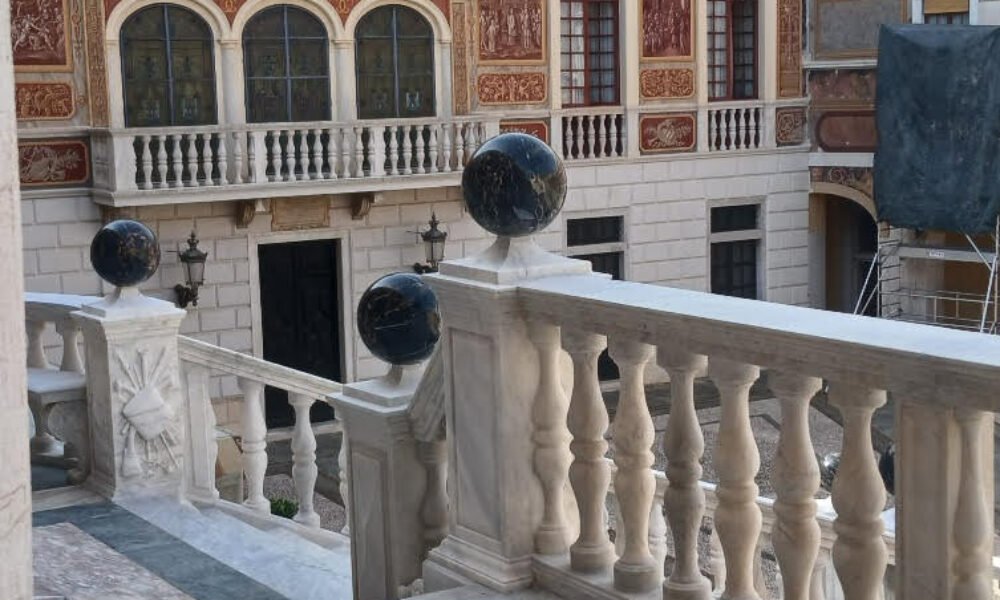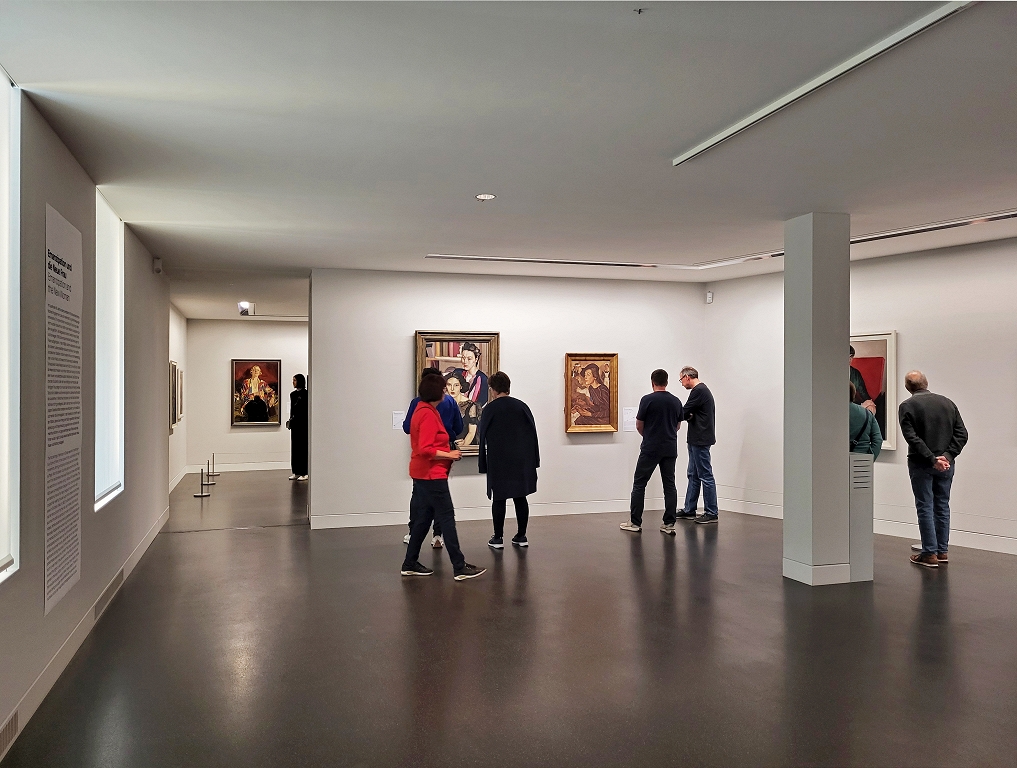Saint John the Russian

The Orthodox Church celebrates one of his most beloved saints today. Saint John the Russian was born around 1690, in a locality in Russia, on the current territory of Ukraine. Passing with a little time for adolescence, he was recruited in the army of Tsar Peter the Great and took part in the Russian-Turkish war (1710-1711). During the struggles that went on the banks of the Azov Sea, the Tatars took him prisoner and sold him as a slave to an Ottoman officer with a rank in Procopie, in Asia Mică, near Caesarea Cappadociei. When he returned home, the Turkish master took him and John.
The saint refused to embrace the Islamic religion, as many other young Russians made prisoners. He preferred to endure the mockery, humiliations and strokes from the Inicians in the military camp that was in Procopia. His master asked him to let him keep his Christian faith: “If you make me change my faith, I would rather teach your head than faith. Christian I was born and Christian I will die.
He refused to live in the house, preferring the stable of the animals he had with his prayers. He participated when he could in the services held in the church of Saint George near the house, where he prayed and shared with the Holy Sacraments.
Because of his holy life, God also increased the wealth of His master. After he was enriched, the Aga decided to make a pilgrimage to Mecca, respecting the tradition of a faith with him. While he was on the trip, his wife arranged a feast with his family’s relatives and friends. While the favorite food of his husband was served, a certain kind of pilaf, she addressed John: « How happy your master would be, if he could eat this pilaf with us. » at Mecca.
Returning from the pilgrimage, the aga told his miracle that happened to Mecca: he found in the room where a steaming plate lived, although the door had been locked. His name was engraved on the plate, just like all the plates in his house. Those in the Agăi House were then stirred, and his wife told him how John asked for the plate with food to send him to Mecca and how they all laughed for it.
The news about the miracle performed has spread rapidly, and the Muslims from all over the land have come to respect and honor John as a holy and beneficial man to God. But he did not change his habits, but he still spent his time serving his master hard and praying.
After a few years, tried by the disease and knowing from God that he will soon leave this world, the saint asked to be called the priest to share with the Holy Sacraments. These were brought to him in an apple, because the priest feared the Muslim repercussions.
Saint John went to the eternal ones on May 27, 1730, and not only Christians, but also Turks and Armenians, took part in his funeral. A few years after death, in 1733, the priest who shared opened the tomb of the saint and found the powerless body. Then he was sitting in a scraper in the church of Saint George, the same where John was needed in prayer and watch, after the work due to his master. The church became a place of pilgrimage, some Christians confessing their healing as a result of prayers.
In 1832, the Sultan’s envoy, Osnan Pasa, passed through Procopia and threw the saint’s relics into the fire. According to tradition, the body moved in the fire as if it were alive, but it remained whole and only a little blackened.
When Asia Minor was conquered by the Turks, in 1922, the Greeks in this region were forced to leave, taking with them the holy relics. After many pilgrimages, the saint’s body reached the island of Evia, in the city called the new Procopion. The church here, consecrated in 1951, is still housed today the scraper with the powerless bones of the saint. Every year, on May 27, crowds of pilgrims arrive on the island and find help and support in their needs from Saint John the Russian.
Ion-Oroles Manolache








